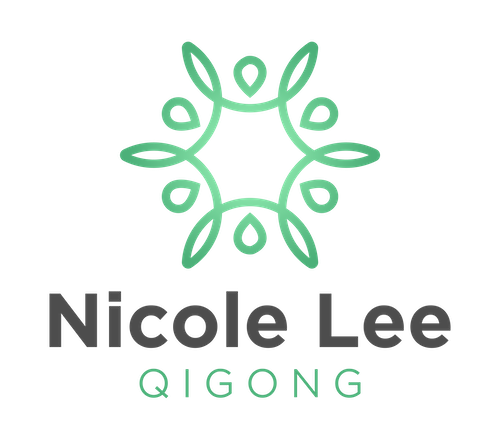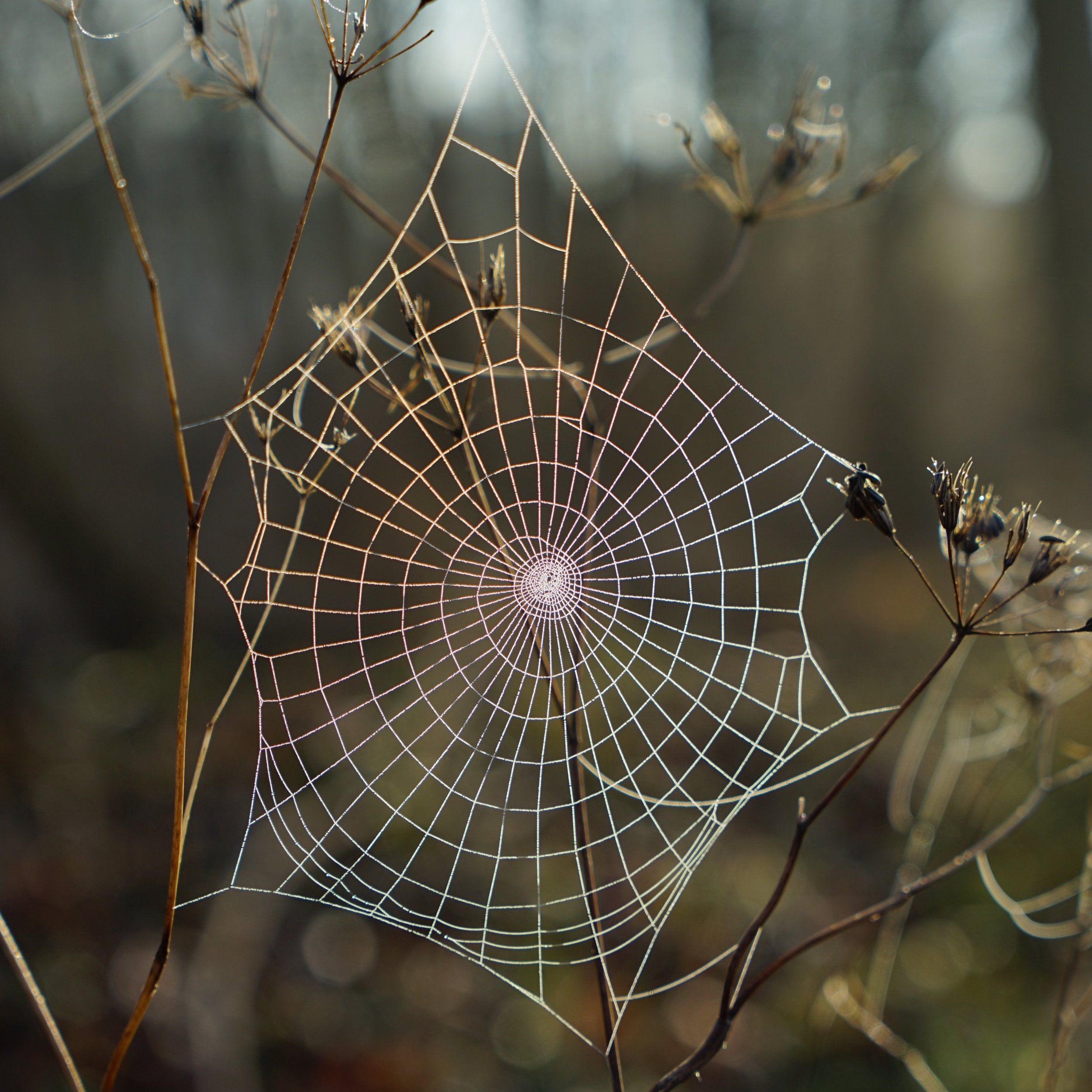Exploring the power of Qi Healing
While Qi (energy) Healing is becoming more widely known and accepted within mainstream culture, but it’s still considered woo-woo or snake-oily to many.
I think this is because we’ve been indoctrinated to intellectually understanding things, we've been trained to esteem science and logic, and often times we prefer when things are black or white.
With Qi Healing it's all a bit muddy and greyscale...
Unveiling the Essence of Energy Healing
Qi (energy) Healing can be described as channeling and manipulating the energy of the body in order to elicit healing. There’s many, varied modalities and practices that are described in this way.
There’s magic in the subtle body - the energetic body, and modern scientific research methods are lacking in helping us to understand it.
Within Daoism and the various traditions of Qigong we come across many terms and classifications that seek to describe the purpose of a practice, or its healing effects. Some Qigong is labelled Medical, or Self-Healing, or tagged as some iteration of Qi Healing.
I’ve come across many different perceptions and understanding of the these terms, here’s my take on them:
Medical Qigong
This one is a real hot potato! I’ve found that when people hear the term medical + Qigong together, they get excited. They book into classes and workshops snippety snap. I think they relate to it as some kind of magic pill, the aspirin of the energy healing world, like a pharmaceutical they can pop and viola, their ales are cured! If only. I’ve often heard people say in jest, if Qigong was a pill everyone would take it.
Famous Chinese physician Hua Tuo who lived from 110-207 CE is believed to be the creator of Five Animal Frolics Qigong, he is often referred to as the ‘Father of Chinese Medicine’ which is perhaps why that particular Qigong form is labelled Medical Qigong.
“Man’s body must have exercise, but it should never be done to the point of exhaustion. By moving about briskly, digestion is improved, the blood vessels are opened, and illnesses are prevented. It is like a used doorstep which never rots. As far as Tao Yin (bending and stretching exercises) is concerned, we have the bear’s neck, the crane’s twist, and swaying the waist and moving the joints to promote long life. Now I have created the art called the Frolics of the Five Animals: the Tiger, the Deer, the Bear, the Monkey, and the Crane. It eliminates sickness, benefits the legs, and is also a form of Tao Yin. If you feel out of sorts, just practice one of my Frolics. A gentle sweat will exude, the complexion will become rosy; the body will feel light and you will want to eat.”
Other teachers and Qigong masters say things like “all Qigong is Medical Qigong”, or even more cryptically the medicine is in the nothingness. I actually agree with both of these ideas, I’ll explain more below.
Qigong in Harmony with Nature
It is believed that many forms of Qigong were created from observing nature and communing with the natural world, that seems to be what Hua Tuo is describing in his above quote, rather than anything particularly medical. He appears to be encouraging movement to elicit self-healing, perhaps based on the observation that animals in the wild are rarely sick, and certainly aren’t afflicted with chronic illnesses.
Another form of Qigong often associated with the word medical is Guigen Qigong, developed by Dr Xu Hongtao a doctor at the Xiyuan Hospital in Beijing. I sense a theme emerging… maybe Qigong labelled medical is a form or sequence that has been created by a physician or doctor. Does this make it more effective? Does this mean it is better or produces greater healing benefits? Maybe, but personally, I don’t think so.
Wai Qi Zhi Liao
Say whaaat? Translated to mean healing with external Qi and also known as Fa Feng Wai Qi or Wai Qi Liao Zhi. This is a little different in that it involves a practitioner who administers the treatment, either in-person or via absent/distant transmission.
Referred to as a technique of medical or clinical Qigong, it is understood as an energy balancing method whereby the practitioner emits healing Qi to a patient/client, sometimes likened to Reiki, but better of course! That’s a joke, actually it reminds me of a joke about Qigong masters:
How many Qigong Masters does it take to change a light bulb?
One hundred.
One to change the bulb and ninety-nine to tell him he’s doing it wrong.
I don’t think Wai Qi Zhi Liao is any better, or more effective, or more powerful than Reiki, or any other type of energy healing. Many people will say I’m wrong about that.
I believe that different techniques work for different people, and different practitioners and facilitators have better results with different people. Why? Who knows, there’s no doubt a multitude of factors that we don’t understand, it’s part of the beautiful mystery of this life.
So, what about…
Self-Healing Qigong
Practically any form or expression of Qigong could be labelled self-healing… it feels like a more accurate tag than medical. I have noticed two distinctions in the methods or types of practices that are connected to the use of this label.
One is the use and application of acupressure, acu-tapping, or meridian stimulation which could be proximal or in actual contact with the body. The other is characterised as a sequence of movements in which the student directs Qi from their own hands and fingers into various locations on their body. Guigen Qigong is actually a good example of this technique, along with a system referred to as Buddha Palm Qigong.
If I was seeking to categorise the type of forms and practices that fall under self-healing Qigong I’d classify them in this way:
acu-pressure
acu-tapping
meridian proximal or direct stimulation
Unlocking the Healing Potential of Qi
In essence all of the Qigong forms, sequences and methods I describe above sit under the Qi Healing umbrella. Personally I like to categorise them into these three areas:
External Qi Healing - a multitude of modalities and practices administered by a third party.
Medicinal Qigong - the regular, consistent, persistent practice of Qigong.
Self Healing Qigong - self-administered practices of acupressure, acu-tapping, and meridian stimulation.
I really like the switch up from medical to medicinal…
I guess Self Healing Qigong could also be considered medicinal, depending on how devoted one is to practice.
The triple whammy of Qi Healing is to incorporate all of these aspects into your life, along with the the fundamentals of Qi cultivation I discuss in my musing on How Qigong Really Works.
So my question to you now is - what about Six Healing Sounds Qigong?!! Where does that fit into this jigsaw? Let’s leave that one for another musing.
Ready to tap into the medicinal magic of Qigong? My duo of downloadable practice videos, Five Element + Yin Yang Qigong is a great place to start.




